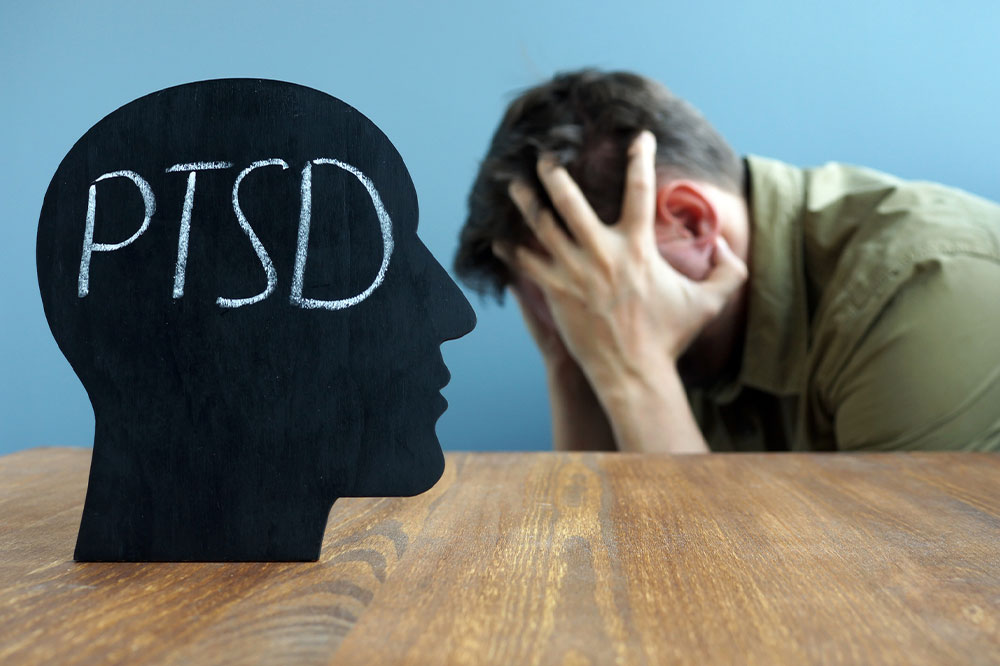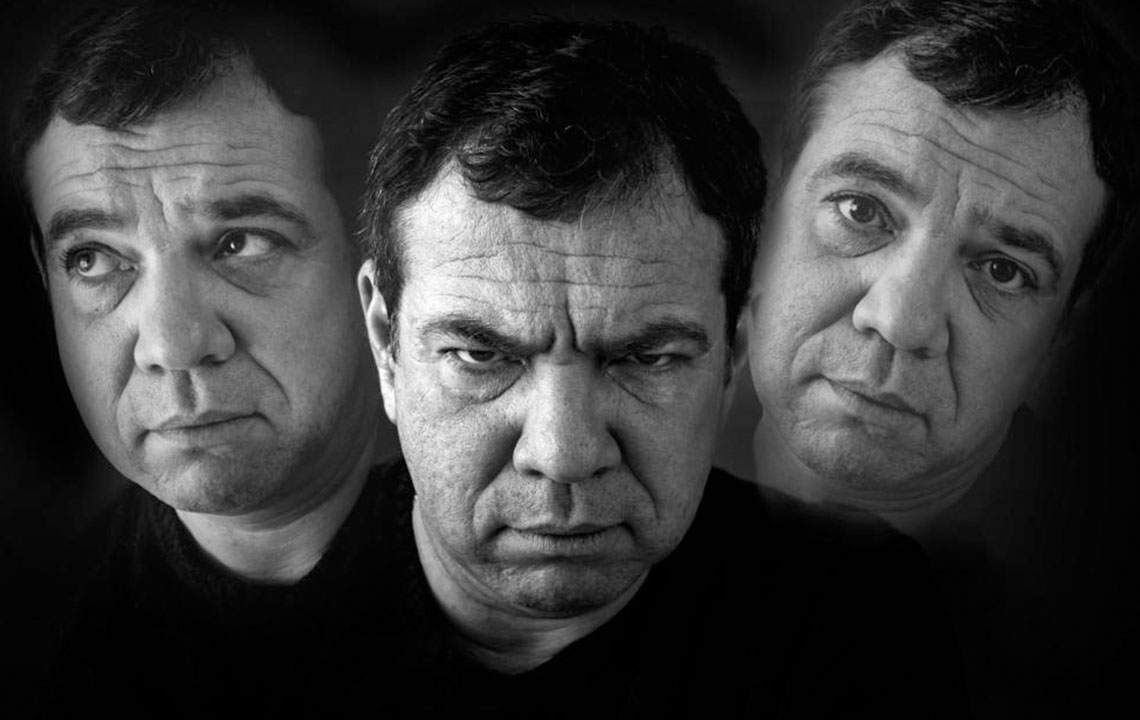Understanding PTSD: Causes, Signs, and Treatment Strategies
This article offers a comprehensive overview of PTSD, covering its causes, symptoms, and management options. Understanding the disorder helps individuals seek timely help and support recovery through therapies like CBT and EMDR. Recognizing symptoms such as flashbacks, avoidance, mood changes, and hyperarousal can facilitate early intervention. Treatments are tailored to severity and may include monitoring, psychotherapy, and counseling, aiming to reduce distress and restore normal functioning after traumatic experiences.

Understanding PTSD: Causes, Signs, and Treatment Strategies
Post-Traumatic Stress Disorder (PTSD) is a mental health condition that can develop after experiencing or witnessing traumatic events such as wars, accidents, serious illnesses, the death of loved ones, natural calamities, or harassment. While some recover within weeks or months, others may endure persistent distress, intrusive memories, social withdrawal, or reckless behavior. Recognizing the signs early can facilitate prompt intervention and support.
PTSD Causes
People exposed to intense, frightening, or prolonged traumatic experiences are at heightened risk of PTSD. However, not everyone exposed to trauma develops the disorder, and the precise causes are not fully understood.
Research suggests that PTSD can develop as a coping mechanism to process trauma. Individuals with higher adrenaline levels and smaller hippocampi—brain regions responsible for memory—may be more susceptible. Causes include accidents, abuse, bullying, kidnapping, combat exposure, emergency services work, natural disasters such as earthquakes or cyclones, challenging childbirth, personal losses, or severe health issues.
PTSD Symptoms
Symptoms often surface within three months after trauma and may persist for weeks, months, or years.
The common symptom categories include:
Re-experiencing
Victims involuntarily relive the event through flashbacks or nightmares.
Avoidance and emotional numbness
Individuals may steer clear of reminders, suppress thoughts related to the trauma, or withdraw socially.
Mood and thought changes
Feelings of guilt, fear, anger, or shame are prevalent, often leading to disinterest in activities, social isolation, and negative perceptions.
Hyperarousal symptoms
Includes irritability, anger outbursts, reckless behaviors, and heightened alertness, affecting daily responses. Other signs include nightmares, physical discomfort, sweating, nausea, panic attacks, concentration issues, startle responses, emotional numbness, and memory gaps.
Treatment Options
Healthcare providers may refer patients to mental health specialists for assessment and therapy. Treatment duration varies based on severity and response. Common approaches include:
Monitoring
Mild cases may only require observation, as symptoms can resolve naturally.
Psychotherapies
Focused on managing fears and restoring normal functioning, therapies include:
Cognitive Behavioral Therapy (CBT)
CBT explores the connection between thoughts, feelings, and behaviors, helping patients challenge negative patterns. Typically conducted over 8-12 weekly sessions, CBT is especially effective for younger populations.
Eye Movement Desensitization and Reprocessing (EMDR)
EMDR is a technique that assists processing trauma by guiding eye movements while recalling distressing memories, reducing stress and negative thoughts.










